 Humanities and arts
Humanities and arts
Underwater Arsenal of Ostrów Lednicki
Four spears from the turn of the 10th and 11th centuries were discovered by underwater archaeologists from the Nicolaus Copernicus University in Toruń on Ostrów Lednicki. Each of them tells a different story – from a simple warrior's weapon to a richly decorated specimen that may have belonged to a mighty or prince.
The researchers from the Nicolaus Copernicus University Centre for Underwater Archaeology have been exploring the waters of Lake Lednickie for many years, which separates Ostrów Lednicki, one of the main strongholds of the state of Mieszko I and Bolesław Chrobry, from the mainland. During their research, a team of divers found a real early medieval arsenal, consisting of, among other things, 145 axes, 64 spearheads, and 8 swords. This year, the armoury of the Museum of the First Piasts in Lednica expanded its collection with four spears.
From warrior to prince
The smallest of the arrowheads of rhomboidal shape, has been preserved together with a fragment of an ash shaft approximately 2.1 meters long. “This is a rarity, because only two spears from Lake Lednickie have such a well-preserved shaft," says dr. habil. Andrzej Pydyn, NCU Prof., director of the Centre for Underwater Archaeology. "The weapon was finished with a ring made of antler, which makes it a unique artifact. Completely preserved spears are not common. Two more spears, over three meters long, are known from this lake. Therefore, this year's discovery confirms the information we know mainly from iconography, that both shorter and longer types were in use.
The second arrowhead, narrow and delicate, resembles a willow leaf – a shape popular throughout Europe in the early Middle Ages. Although this form was common, similar specimens found within the Lednica complex may indicate local production and strong craft traditions in the region.
The third arrowhead, the longest of those found, has a triangular profile and was made using the technique of forging, i.e., repeatedly welding soft steel with a low carbon content to hard steel with a high carbon content, which gave them better combat properties. It can be said that such forged arrowheads represent the highest technological level of the time, used throughout Europe.

photo Mateusz Popek
The researchers, however, were most excited by a richly decorated spear with wings. Craftsmen placed its steel tip on an intricately decorated sleeve. A significant part of the spear is covered with gold, silver, bronze, and other metals, and its surface is decorated with intricate ornamentation featuring spiral and triskelion motifs. The spear may have served as a symbol of power, the insignia of a warrior of high birth, or an object of a ritual nature.
There is no doubt that weapons should be associated with the elite culture of warriors at the turn of the 10th and 11th centuries, emphasizes dr. Matusz Popek from the NCU Centre for Underwater Archaeology. "It is possible that the decorations served an identification function, allowing the owner of the weapon to be distinguished during ceremonies or battles, as well as demonstrating prestige and high social status. The presence of such a high-quality item on Ostrów Lednicki further emphasizes the special significance of this centre, both politically and symbolically.
Precise research
In order to uncover the secrets of the “princely" spear, prof. dr habil. Piotr Targowski from the Institute of Physics and the researchers from the NCU Interdisciplinary Centre for Modern Technologies used modern X-ray macrofluorescence technology to show the distribution of chemical elements over a large area. Such research not only allows us to read the “recipe" of a medieval craftsman, but also to understand his working methods and recognize his vulnerability. “We hope that the research, as well as a detailed analysis of the ornamentation, will allow us to determine where the spear was produced – whether it was made in one of the local workshops associated with the stronghold on Ostrów Lednicki, or whether it was imported from more distant craft centres, perhaps Scandinavian or Russian," says mgr Konrad Lewek from the NCU Centre for Underwater Archaeology. “Determining its origin could provide new data on the trade and political contacts of the first Piasts."
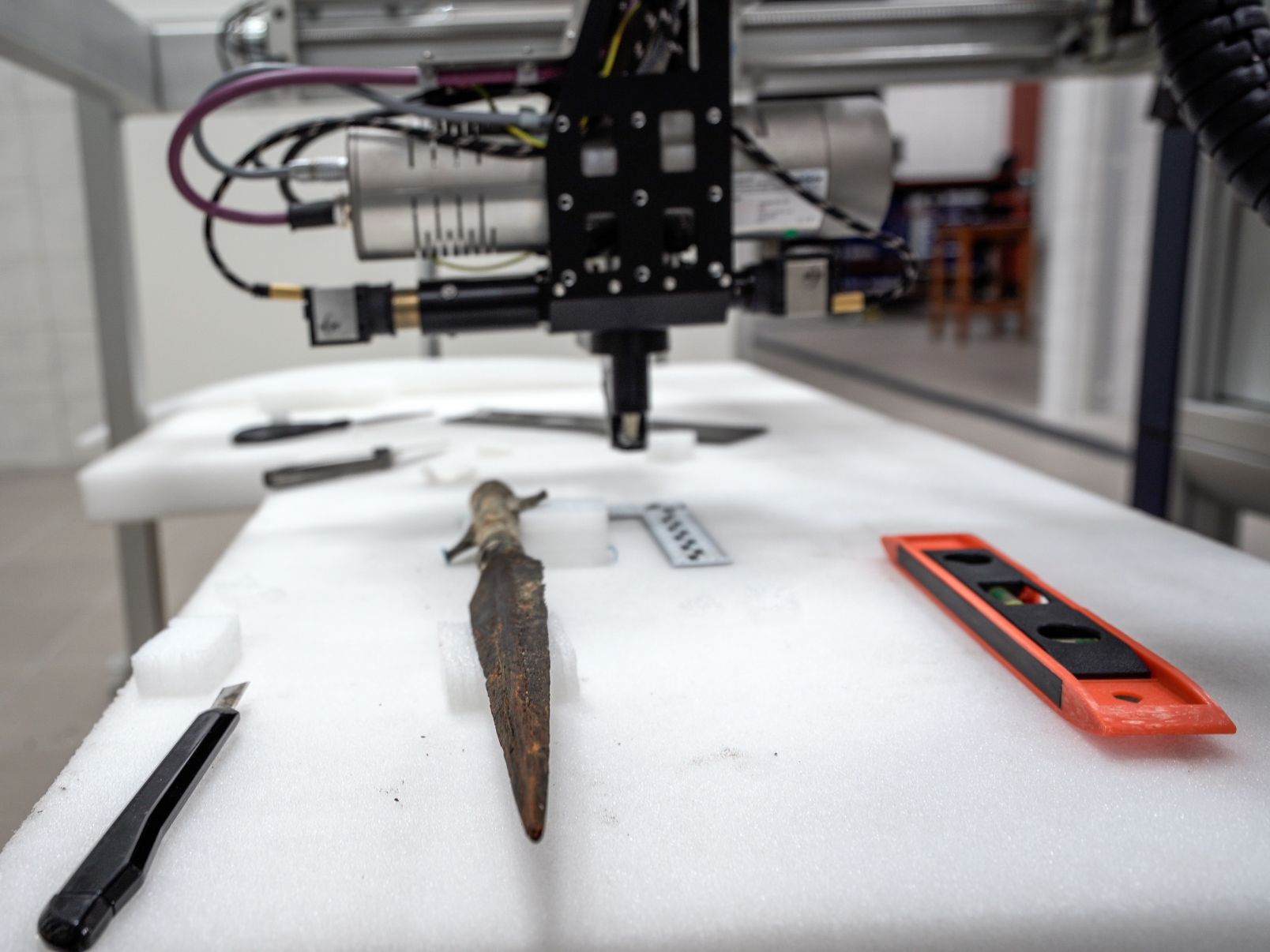
photo Mateusz Popek
Further specialist research was also conducted in the fields of dendrology and radiocarbon dating. The analysis of the preserved fragments of spear shafts allowed the identification of the wood species used as ash, which was commonly used in the making of spears in the early Middle Ages. Radiocarbon dating, carried out by dr. hab. eng. Marek Krąpiec, from the Absolute Dating Laboratory in Kraków, confirmed the assumptions regarding the chronology of the find, clearly placing it in the early Piast period.
Where did you get the weapon?
So far, the researchers haven't been able to figure out why so many weapons ended up at the bottom of Lake Lednickie. Right now, there are two main theories. The military hypothesis links the findings to the dramatic events of the 1030s, when the Piast state was in crisis after the death of Mieszko II. According to historical accounts, the Czech prince Břetislav invaded the country at that time, plundering Gniezno and most likely also the strongholds in Poznań and Ostrów Lednicki. Some of the weapons may have fallen into the water during the fighting on the bridges connecting the island to the mainland and most likely on boats.

photo Mateusz Popek
The second hypothesis, ritualistic in nature, assumes that the weapon was deliberately placed in the water as an offering to the gods or spirits. Such practices are known from earlier times in many parts of Europe. Water was seen as a gateway to the world of the dead, and throwing a valuable object into it was a gesture of deep symbolic meaning.
The arsenal gathered at the bottom of the lake may be an echo of both turbulent historical events and ancient beliefs about the power of water and sacrifice, says Prof. Pydyn. Today, it is difficult to determine which of these hypotheses are closer to the truth.
The discovered artefacts, especially the richly decorated arrowhead, will undergo further examination. There are plans to scan them using an X-ray (computed) tomography scanner used in metallurgical research, in cooperation with the University of Science and Technology in Kraków. This will allow us to learn about the internal structure of the examined objects and the technology used in their production. The research will be carried out as part of the E-RIHS.pl consortium's research infrastructure, coordinated by the Nicolaus Copernicus University in Toruń. Isotopic analyses of selected metals found on the 'princely' spear are also planned in order to determine the origin of these metals, which would allow the place of origin of this prestigious object to be established.
After the research, the spear will be secured by a team led by dr. habil. Piotr Niemcewicz, NCU Prof. from the Department of Conservation and Restoration of Architecture and Sculpture at the Faculty of Fine Arts, in close cooperation with the conservation lab at the Museum of the First Piasts in Lednica, led by mgr eng. Łukasz Broński. After conservation, the spearhead will be on display at the Museum of the First Piasts in Lednica.
 NCU News
NCU News






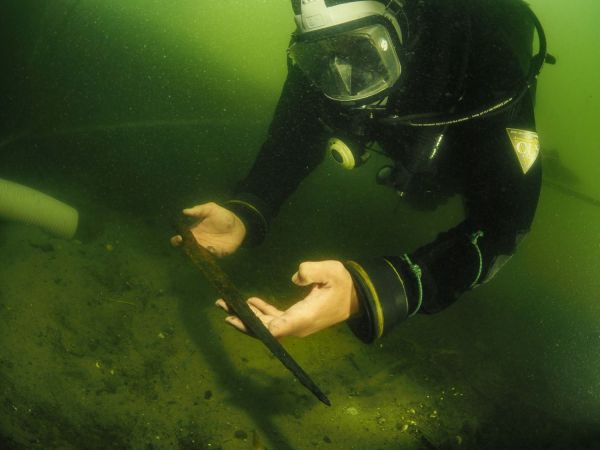
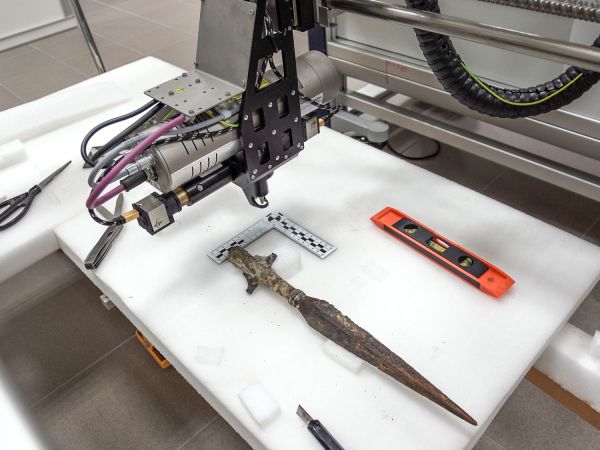
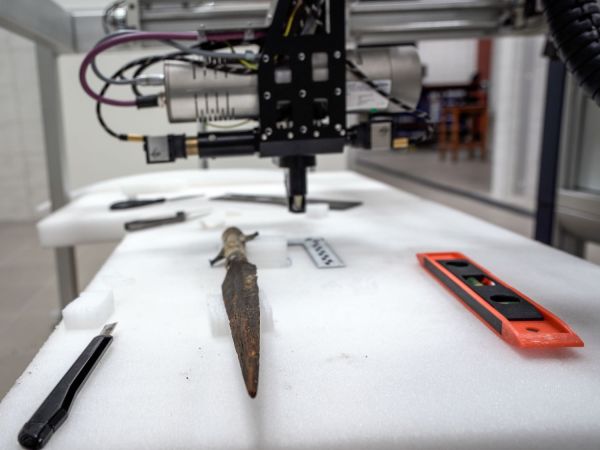
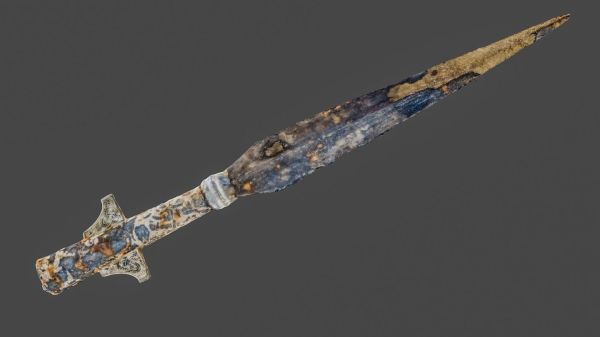
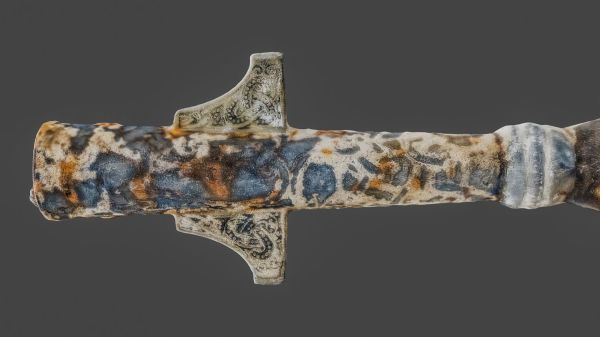
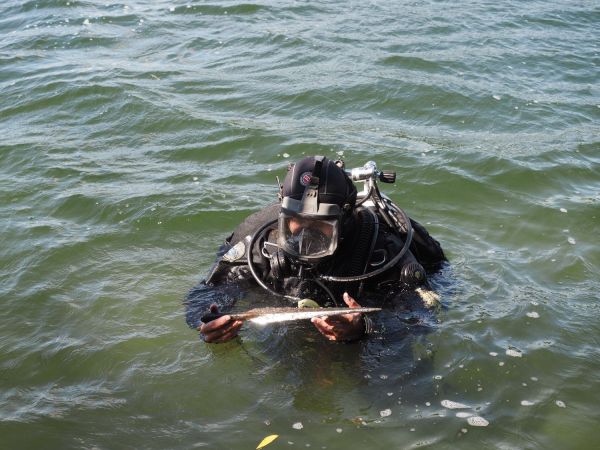
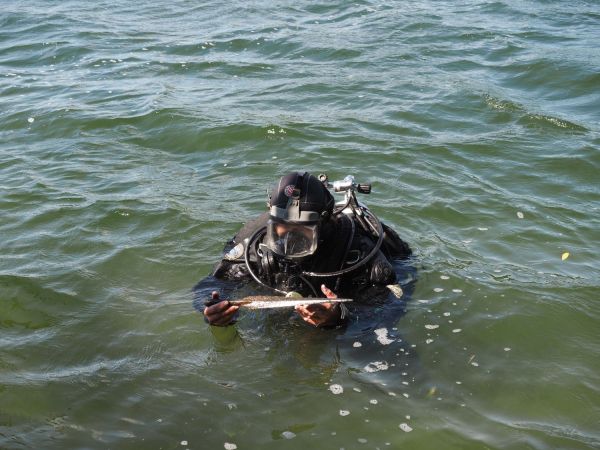
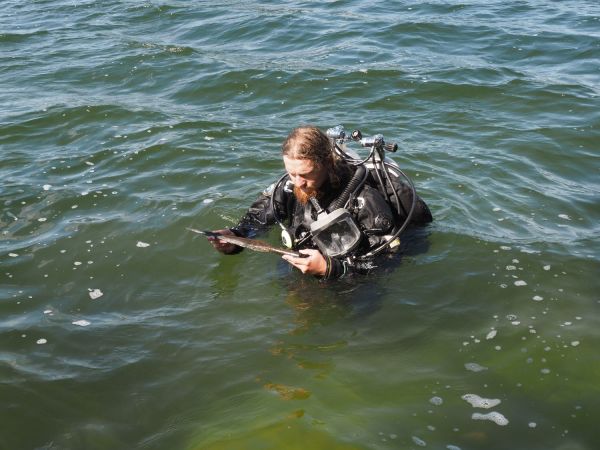
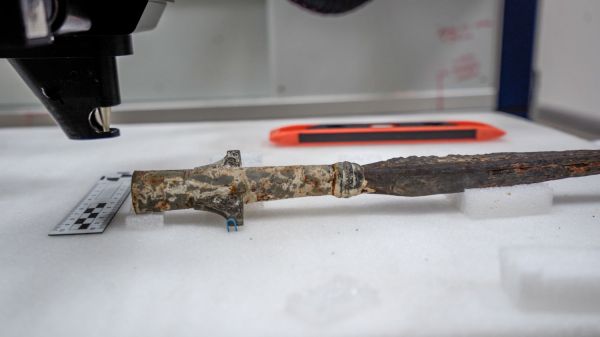
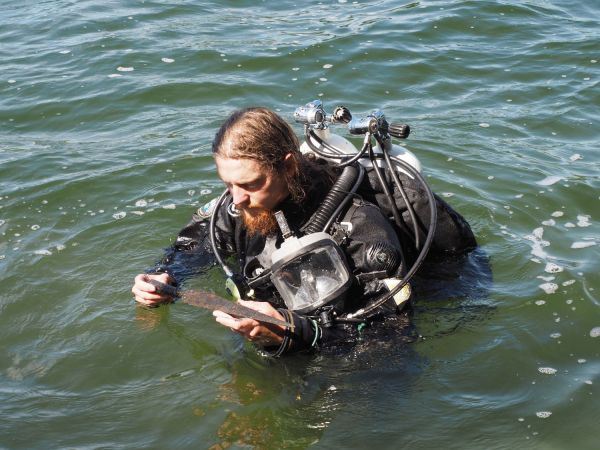
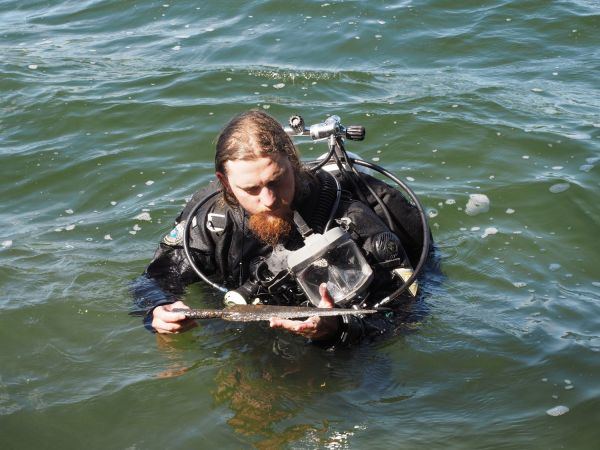
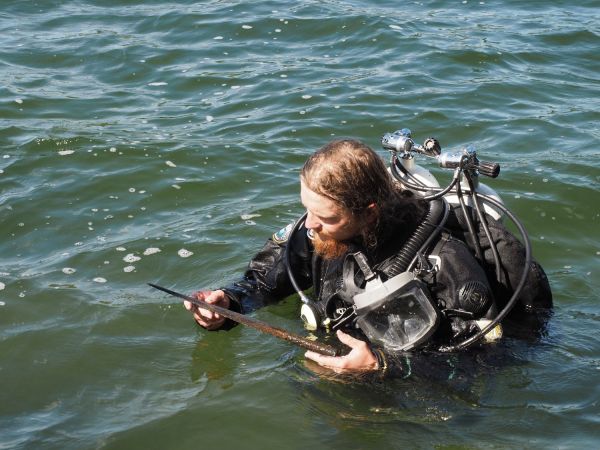

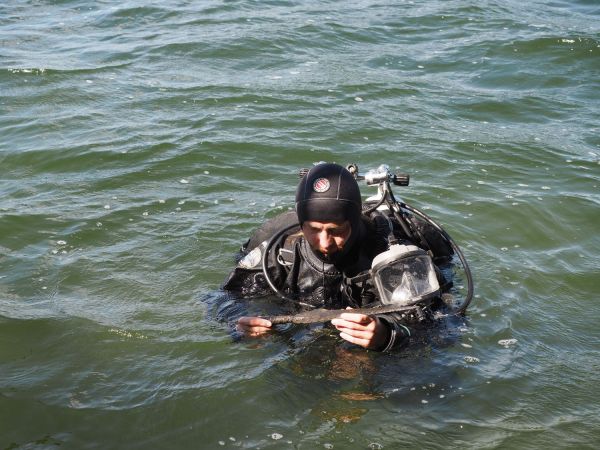
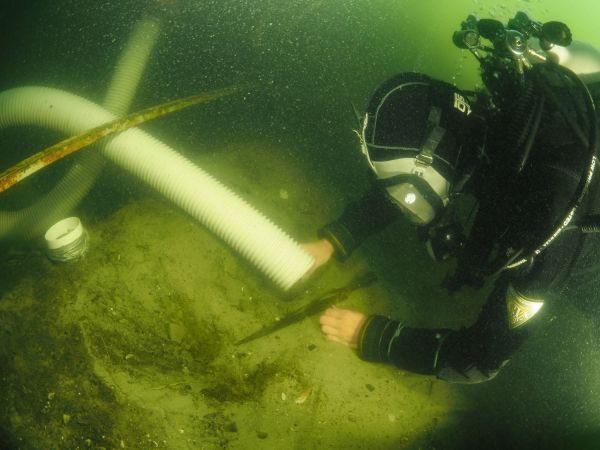
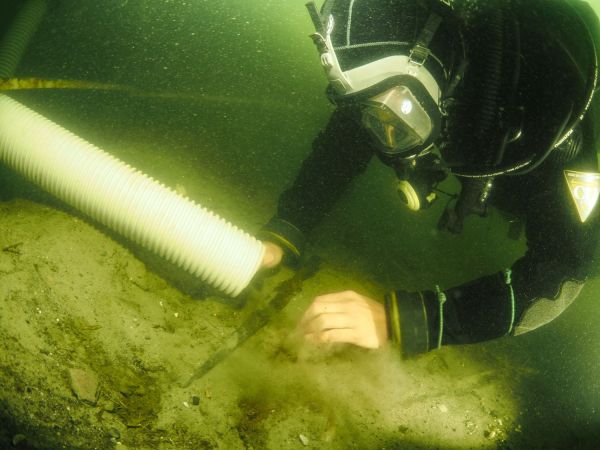
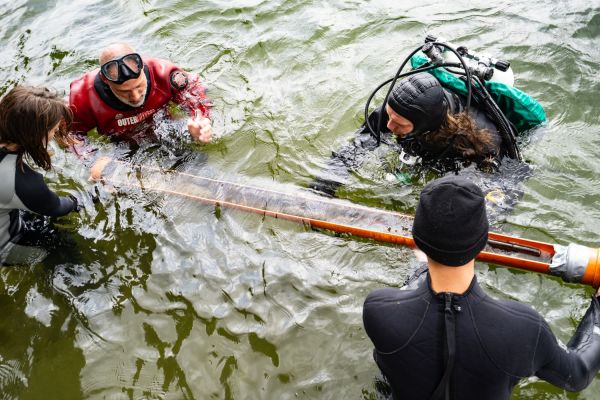
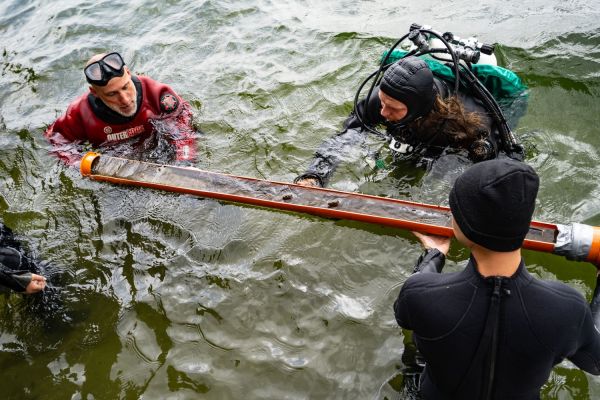

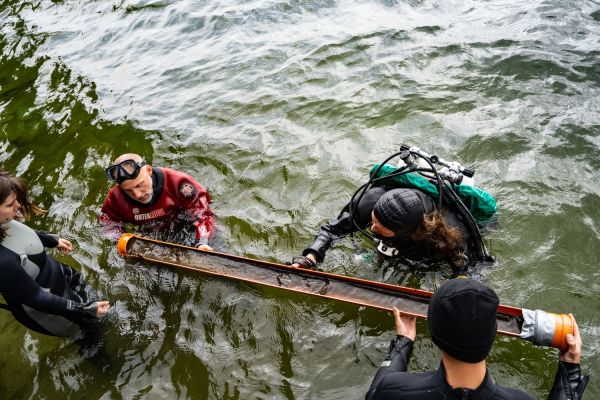
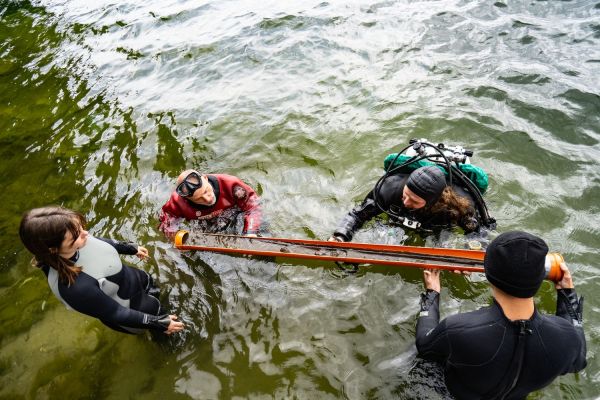
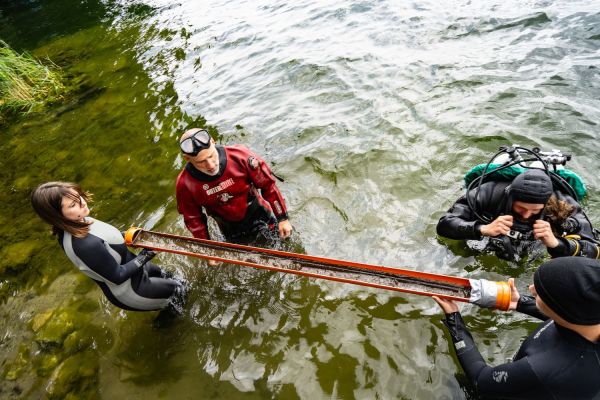
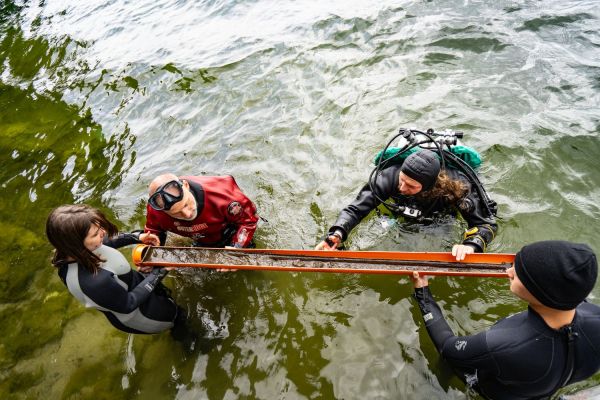
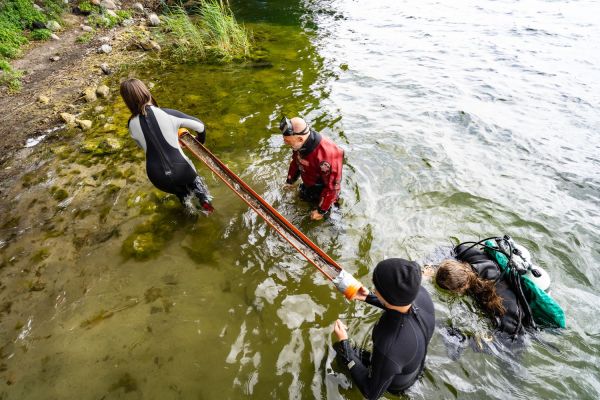
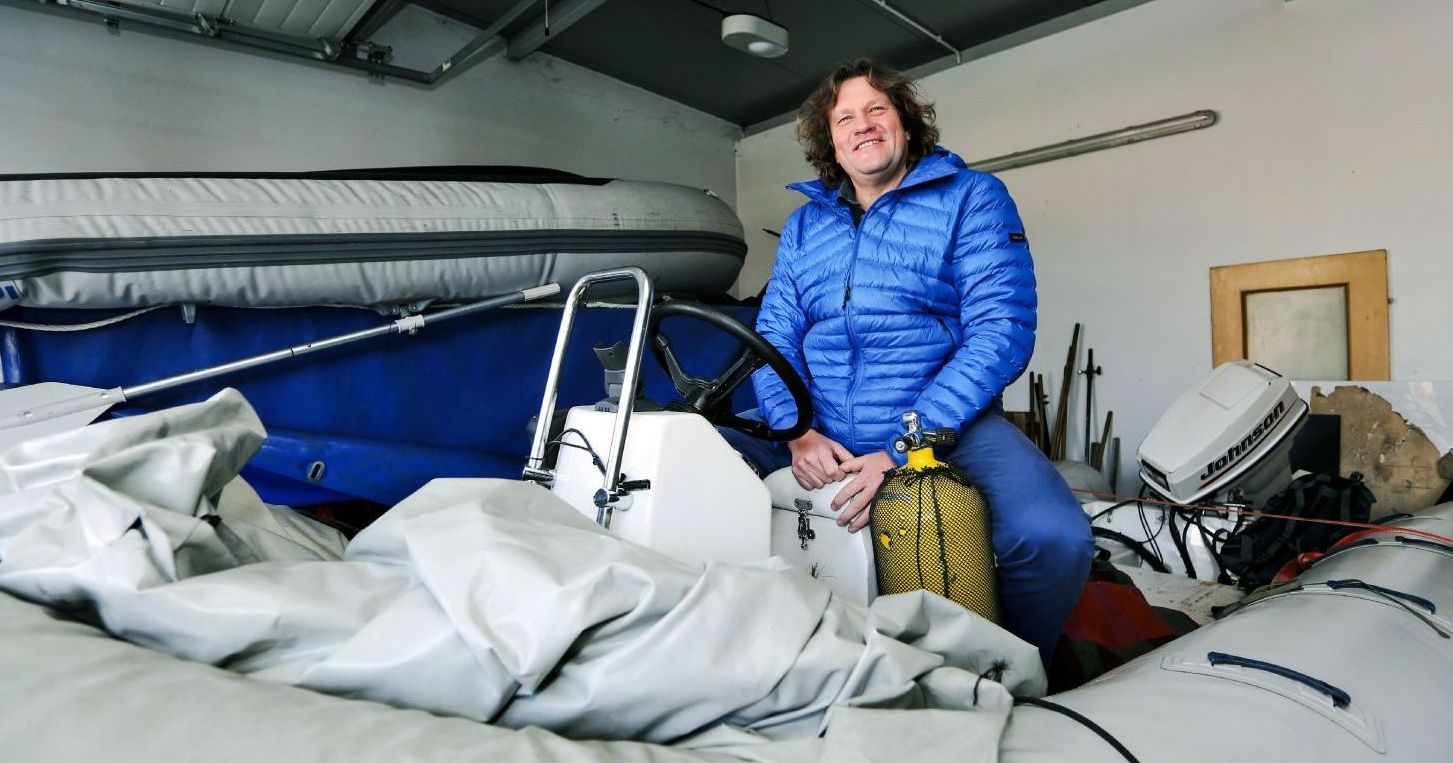 Humanities and arts
Humanities and arts


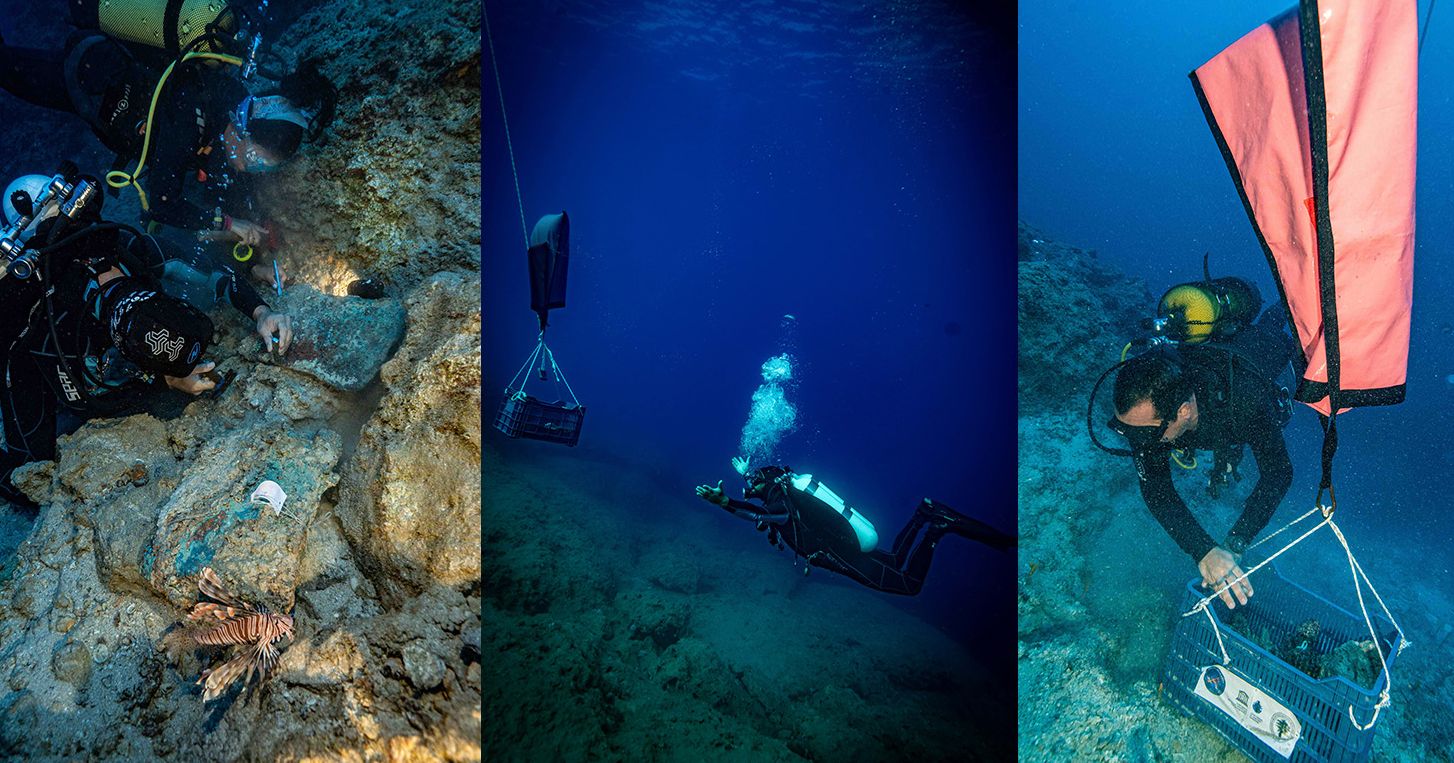 Humanities and arts
Humanities and arts
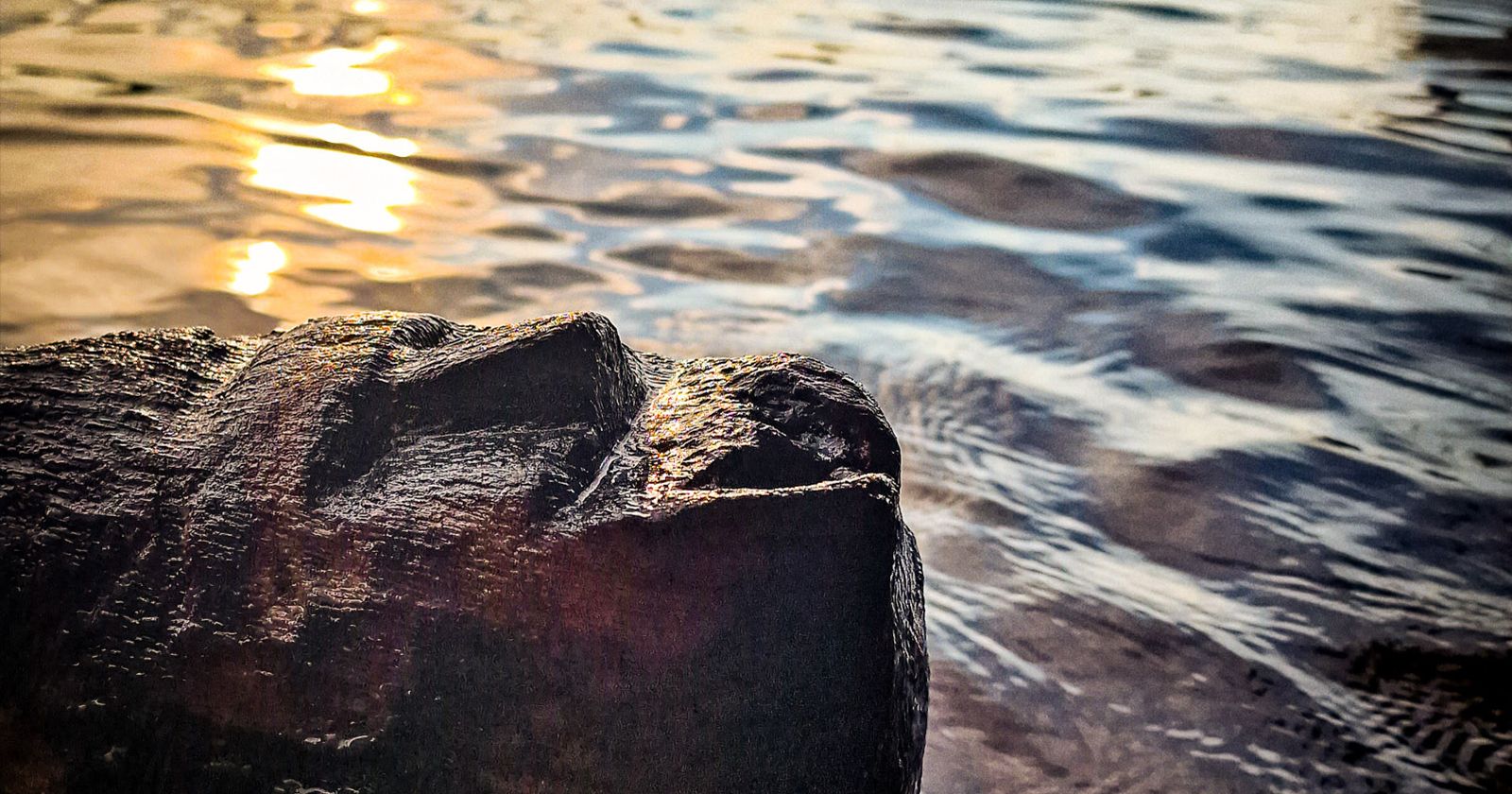 Humanities and arts
Humanities and arts
 Humanities and arts
Humanities and arts